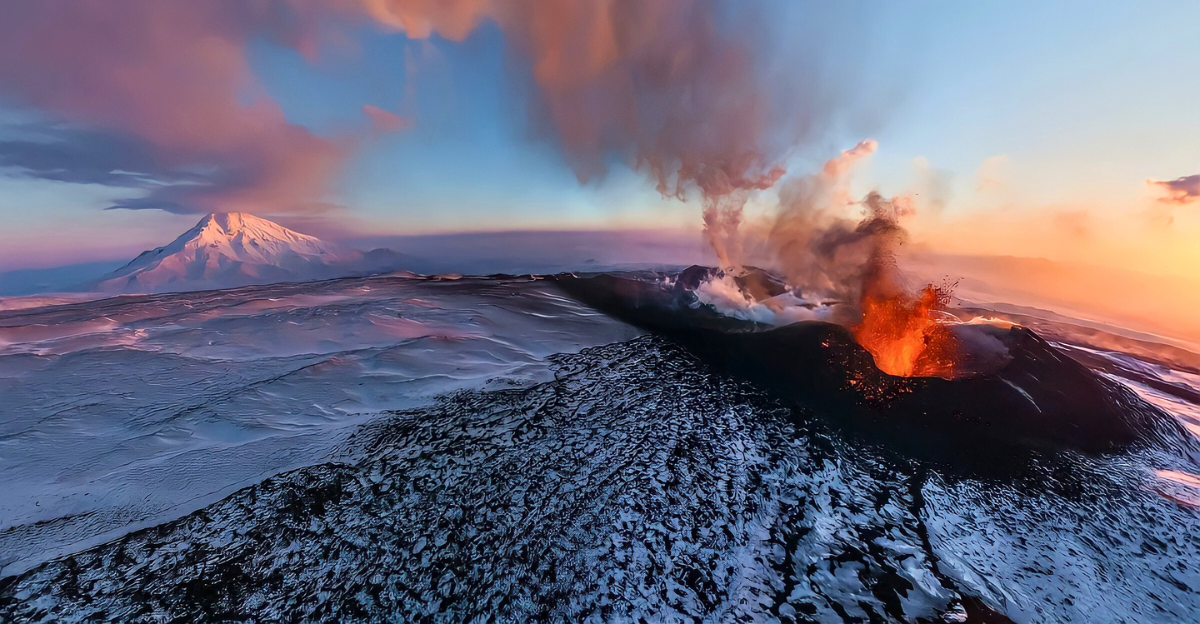
Antarctica, the world’s coldest continent, harbors a dramatic and little-known geological secret: beneath its thick ice lie over a hundred dormant volcanoes. According to ScienceDaily, melting glaciers may be setting the stage for these volcanoes to reawaken.
Dr. Pablo Moreno Yaeger, volcanology expert, notes, “The key requirement for increased explosivity is thick glacial coverage over a magma chamber.”
Melting Ice Raises Risks
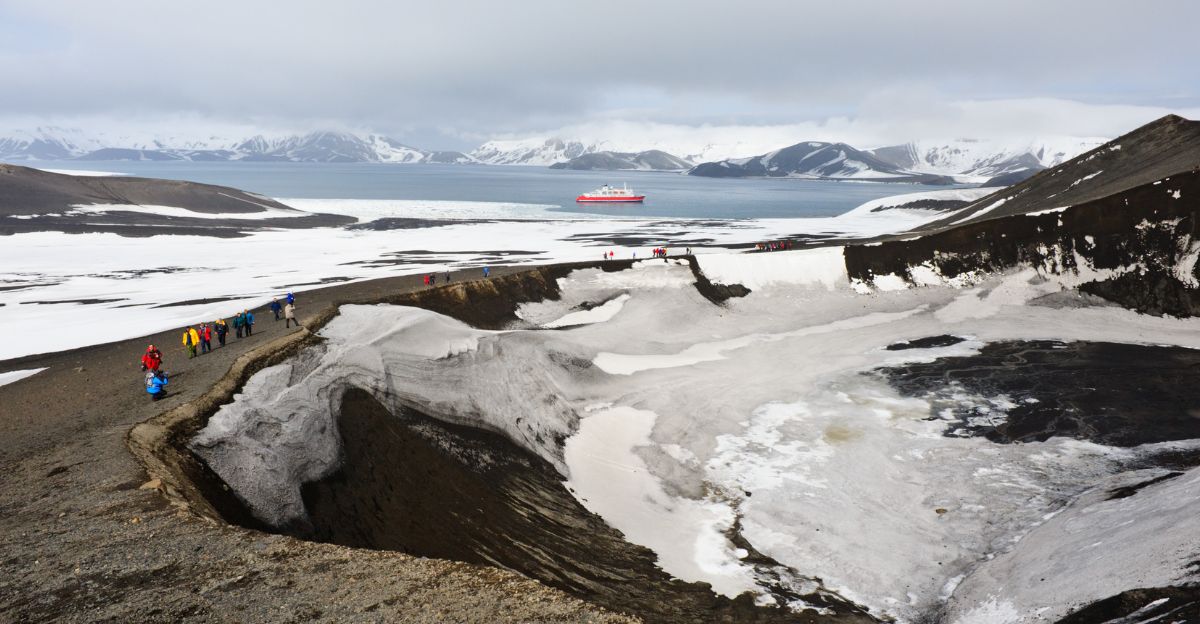
Recent satellite data shows alarming rates of Antarctic ice loss, with some regions thinning by meters per year according to DownToEarth and The Week.
This retreating ice, scientists warn, could unleash stored volcanic energy beneath the surface, increasing eruption risk dramatically. Researchers caution, “It’s no longer if, but when,” as the pressure dynamics beneath the ice shift.
Discovery of Hidden Giants
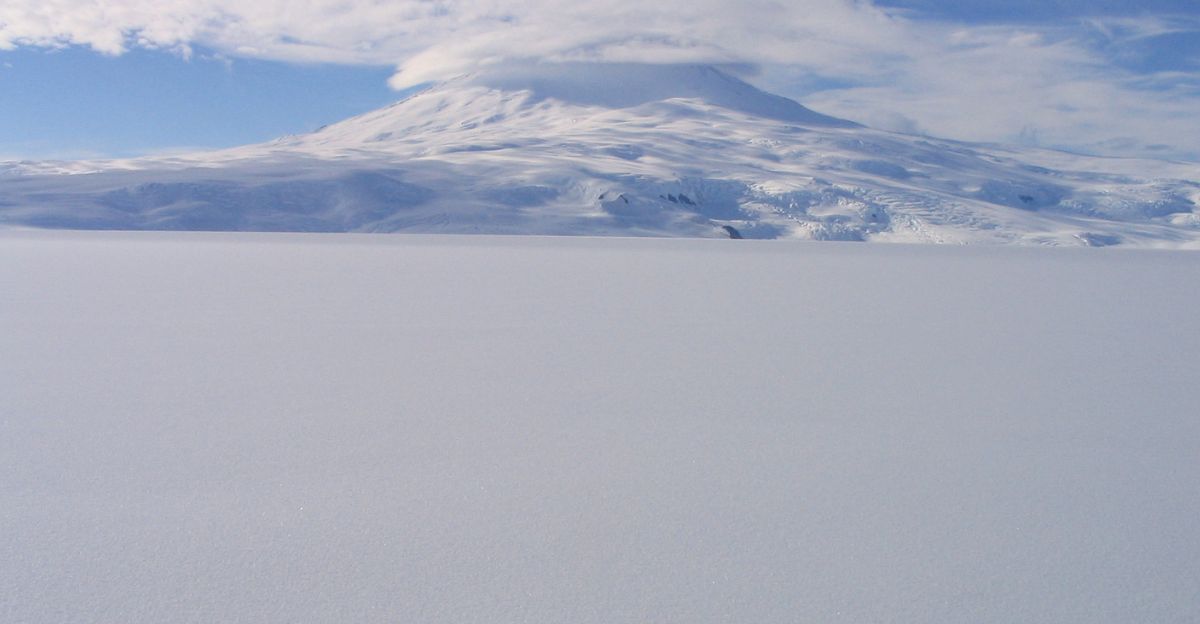
Radar surveys have revealed extensive volcanic fields scattered across West Antarctica and the Antarctic Peninsula.
SciTechDaily highlights over 138 subglacial volcanoes mapped since 2017, a discovery that changed scientific perception of the continent. Dr. John Smellie, professor of volcanology, states, “We keep finding more—some deeper than expected.”
Building Pressure Over Decades
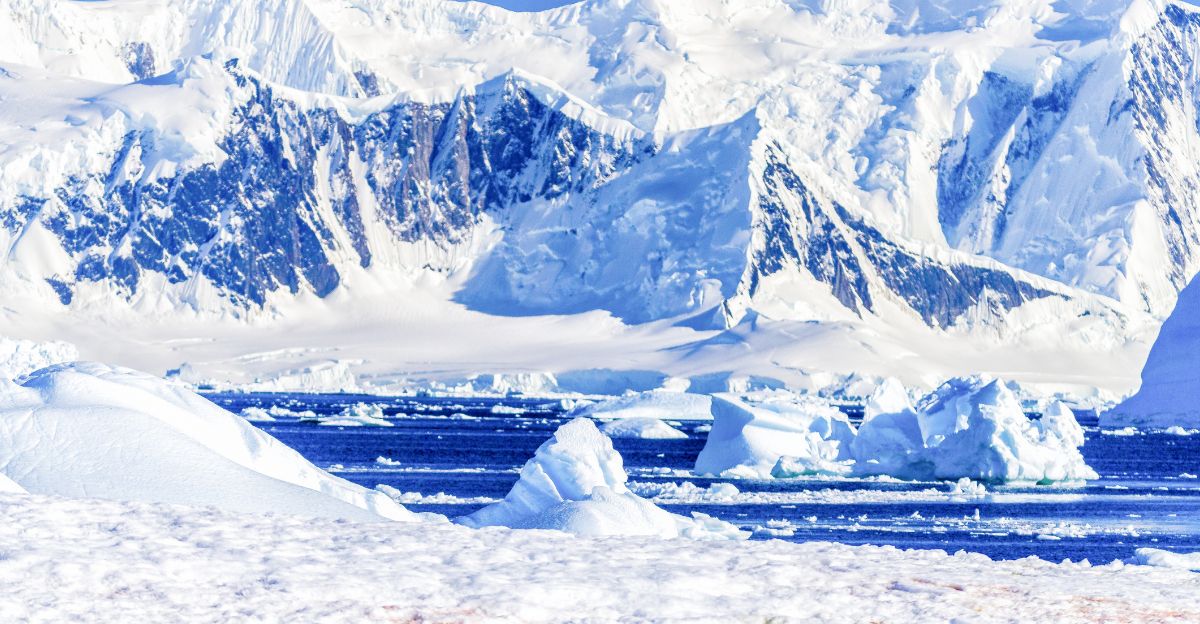
Historical studies from Iceland and Chile prove that glacial retreat dramatically impacts volcanic behavior. The pressure of overlying glaciers keeps magma suppressed, but melting removes this brake.
“We see more frequent eruptions wherever ice loss accelerates,” notes Dr. Moreno Yaeger. The Antarctic system is now under similar threat.
Volcanoes May Awaken
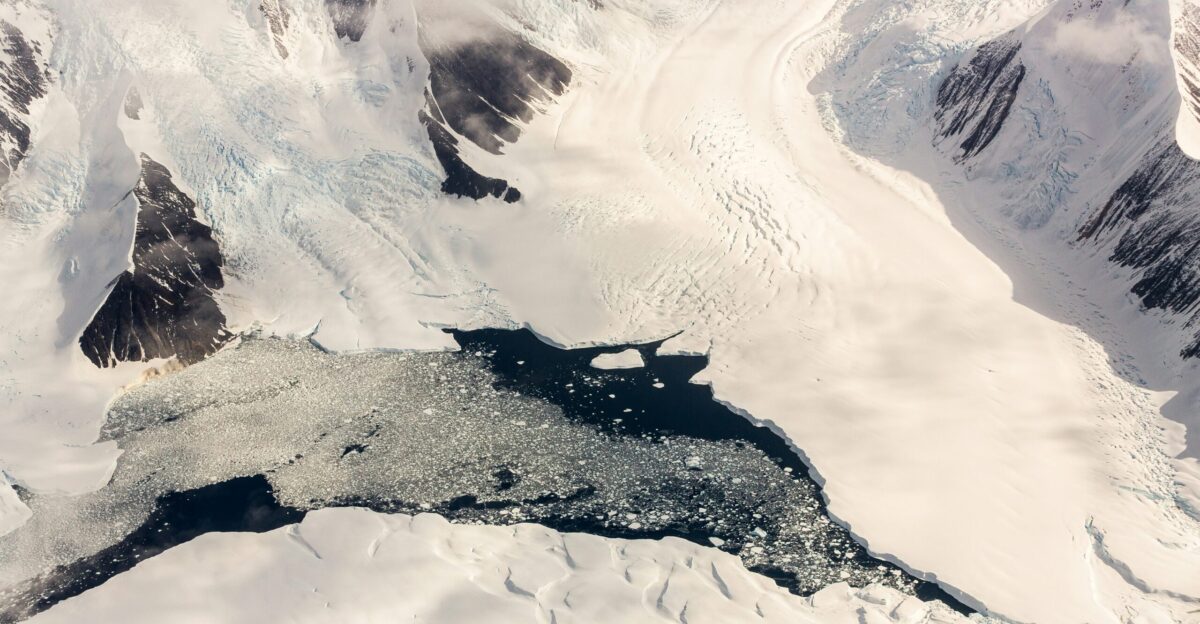
At the July 2025 Goldschmidt Conference, researchers revealed that Antarctica’s hidden volcanoes may “awaken” as climate change melts protective ice, increasing risk of explosions as soon as this century.
“Our findings suggest these volcanoes erupt more frequently and explosively once glaciers retreat,” says Moreno Yaeger.
West Antarctica Hotspot
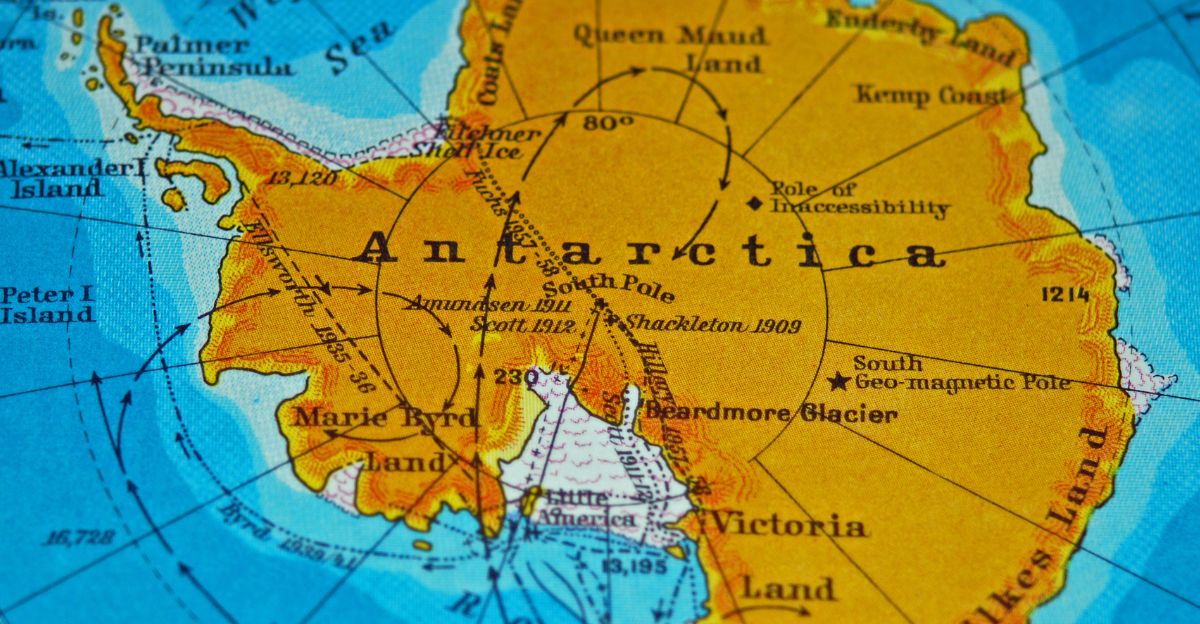
Marie Byrd Land in West Antarctica holds one of the planet’s densest concentrations of dormant volcanoes.
SciTechDaily reports seismic activity and heat flow measurements confirm these volcanic systems are not extinct but merely suppressed by ice. Scientists strengthen monitoring efforts here as risks escalate.
Antarctic Researchers
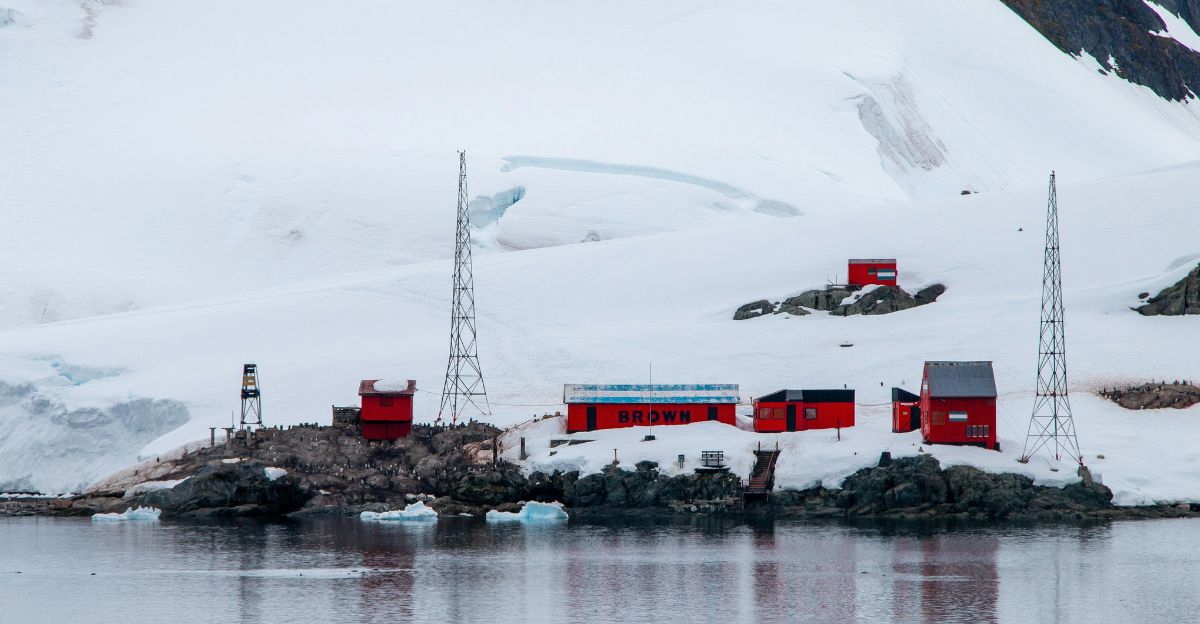
Field scientists endure severe cold to study seismic pulses and gas emissions through ice. “We detect tremors beneath the ice each season,” shares Dr. Anna Hughes, a glaciologist.
International teams collaborate to interpret changes, hoping to predict eruptions and prevent disaster. “Antarctica’s silence grows uneasy,” she cautions.
Action is Needed
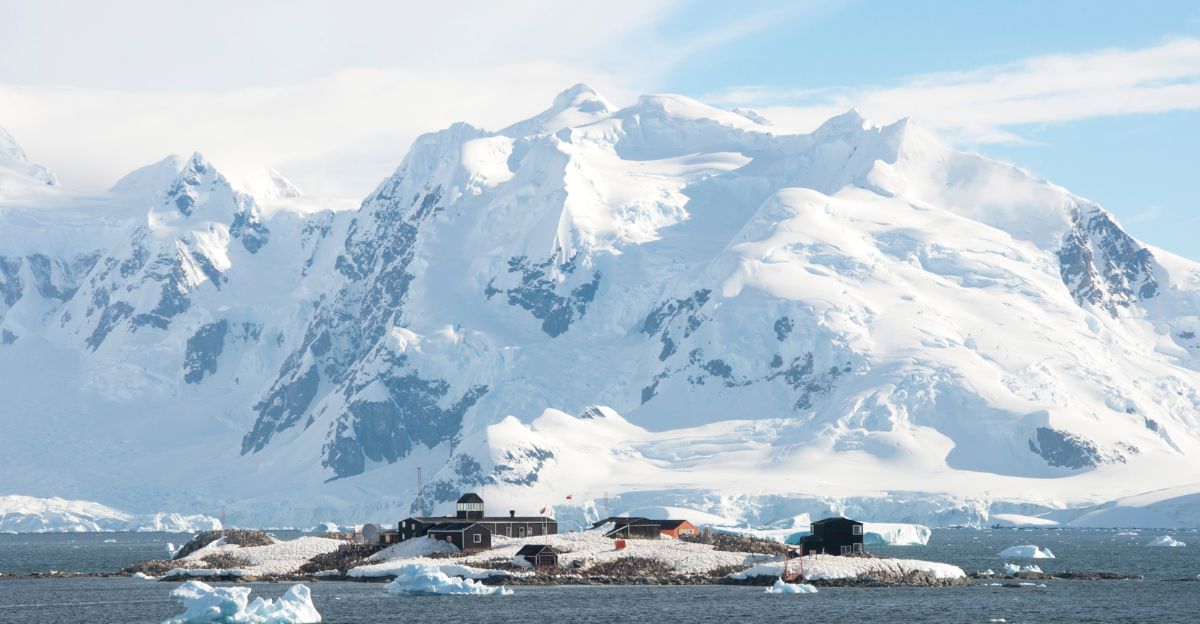
Global policy-makers react as findings prompt urgent reassessment of Antarctic protocols. The Goldschmidt Conference led to more funding for volcano monitoring and established new cooperative frameworks across nations. “Scientific evidence compels action,” notes Newsweek, stressing international collaboration.
Warming and Eruptions
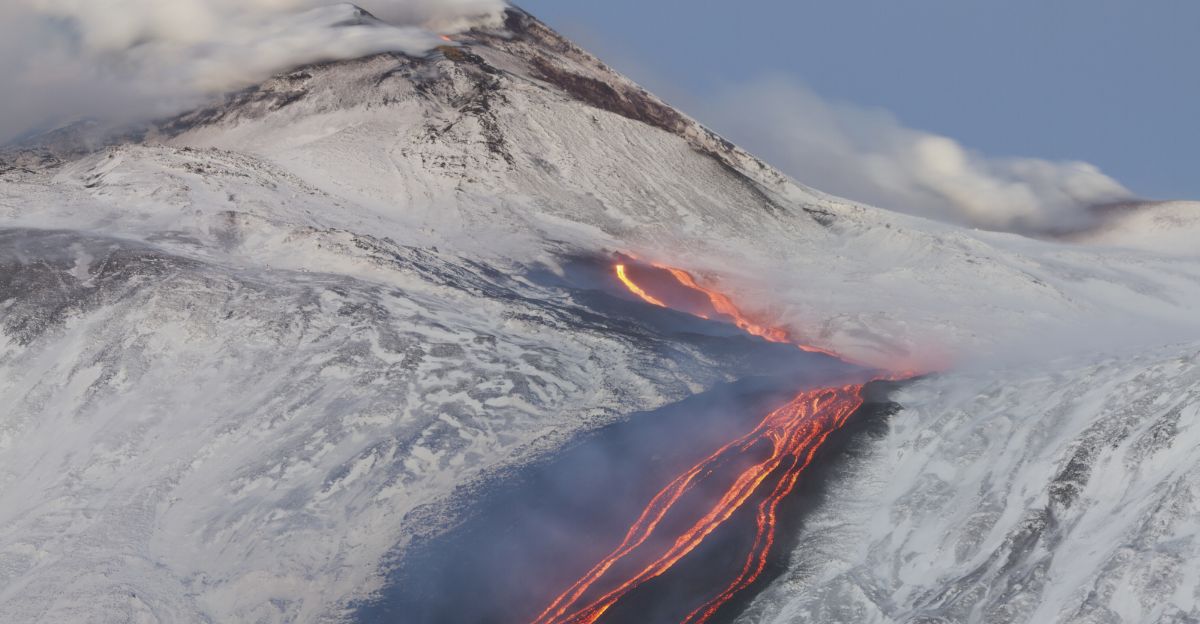
A single volcanic eruption in Antarctica could inject huge quantities of gases and ash into the atmosphere.
LiveScience and The Week detail how short-term cooling may follow large eruptions, but repeated events risk longer-term warming as greenhouse gases accumulate. The feedback loop worries climate experts globally.
Ancient Eruptions
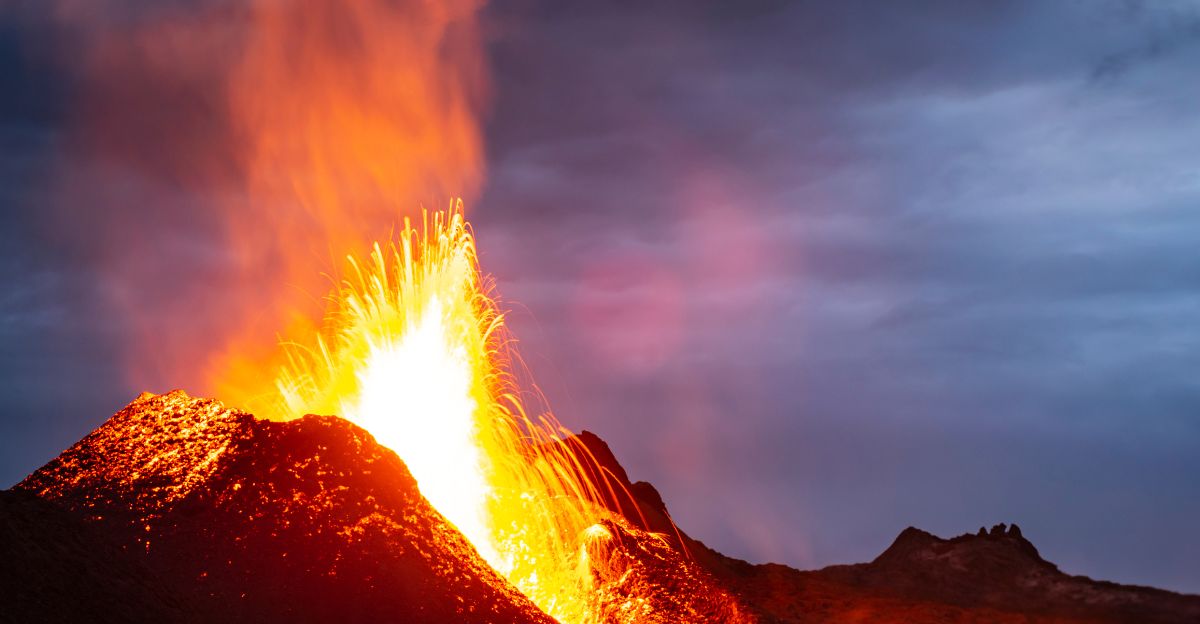
Geochemical analyses reveal that massive eruptions occurred in West Antarctica roughly 17,000 years ago, coinciding with intense ice retreat.
DRI researchers say, “Ice loss and volcanic eruption are strongly linked in the geologic record.” Recent computer simulations agree, predicting rising eruption frequency if current trends persist.
Inside the Science Debate
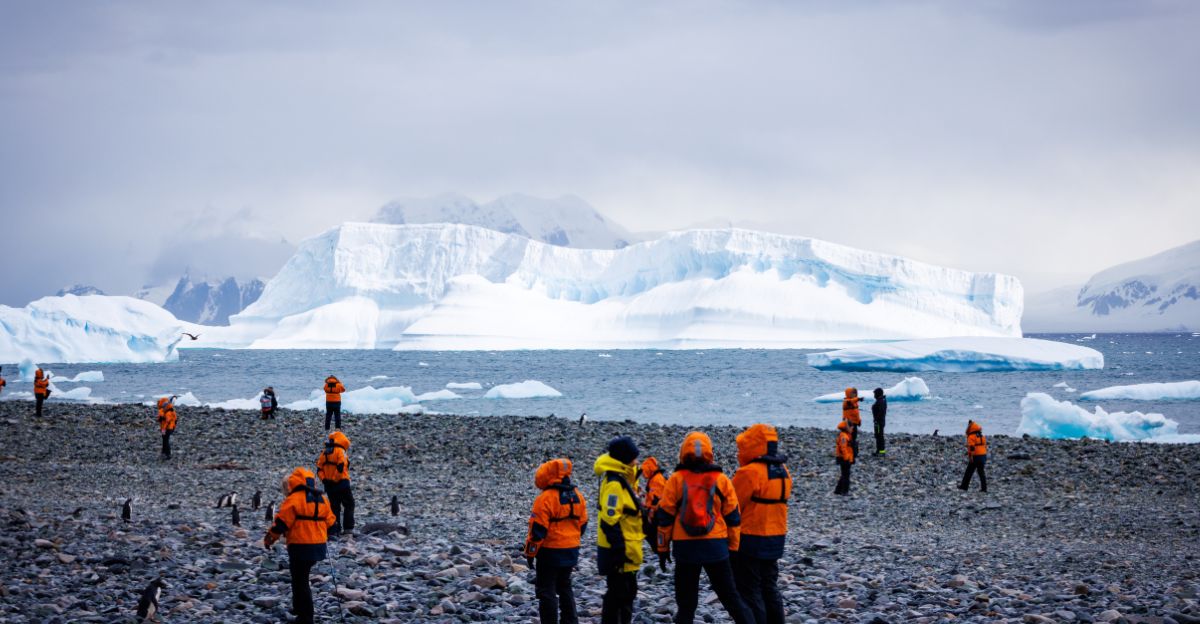
Climate scientists and volcanologists now contest how soon eruptions may occur and their precise impacts.
Disagreement surrounds funding and priorities as some warn of exaggerated risks, while others demand urgent preparation. The debate intensifies, with calls for clearer forecasts.
Widening The Mission
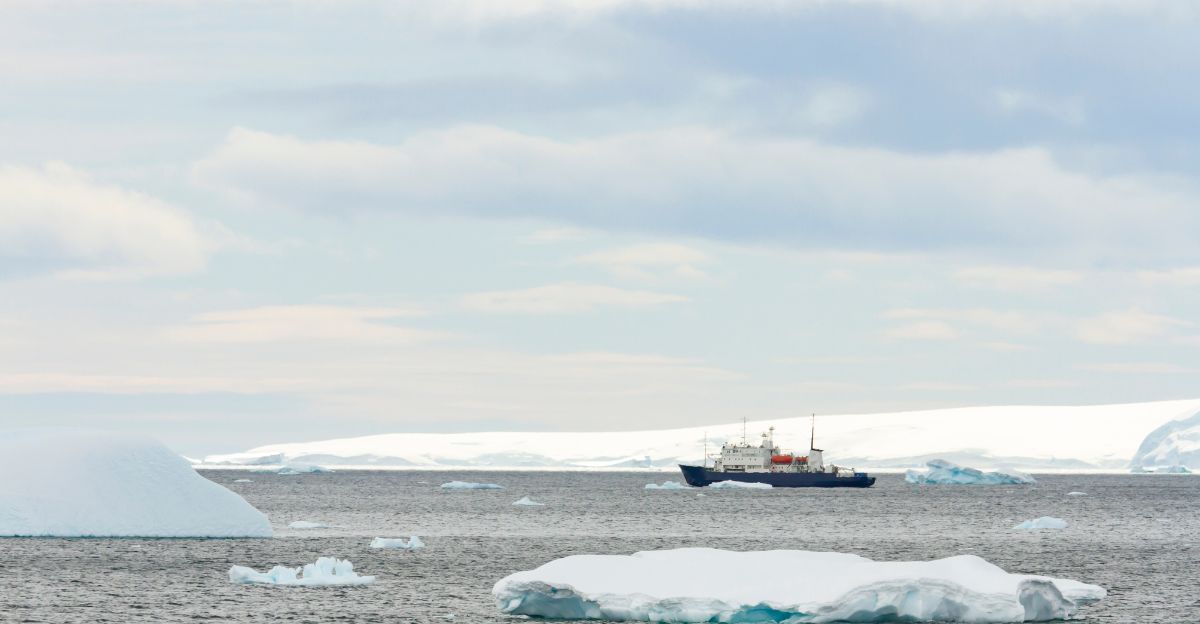
Institutes pivot, recruiting new volcanologists and shifting resources from ice monitoring to eruption prediction.
“We widened our mission—Antarctica is more than melting ice,” said a director at the Potsdam Institute. Collaboration surges, crossing glaciology, climate, and geology boundaries.
Strategic Monitoring Efforts
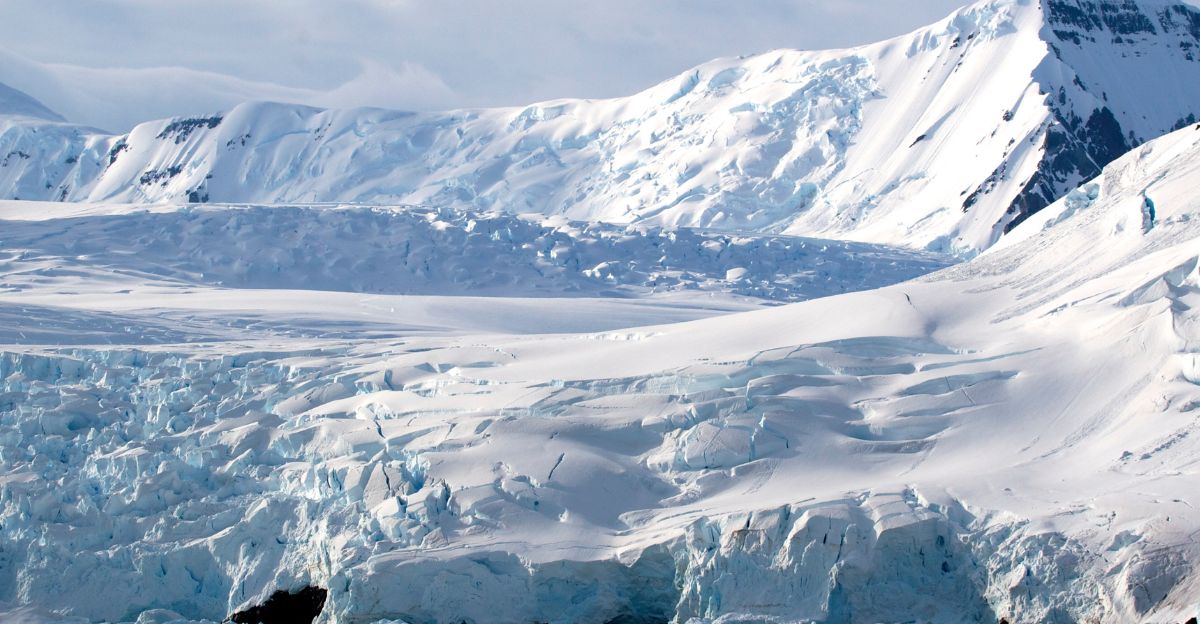
Recent international projects deploy advanced sensors and satellites across Antarctica, aiming for early-warning systems.
Real-time gas data and seismic monitoring offer new insights. Global research vessels from Norway, Germany, and the US now contribute readings in previously unseen detail.
Skepticism and Caution
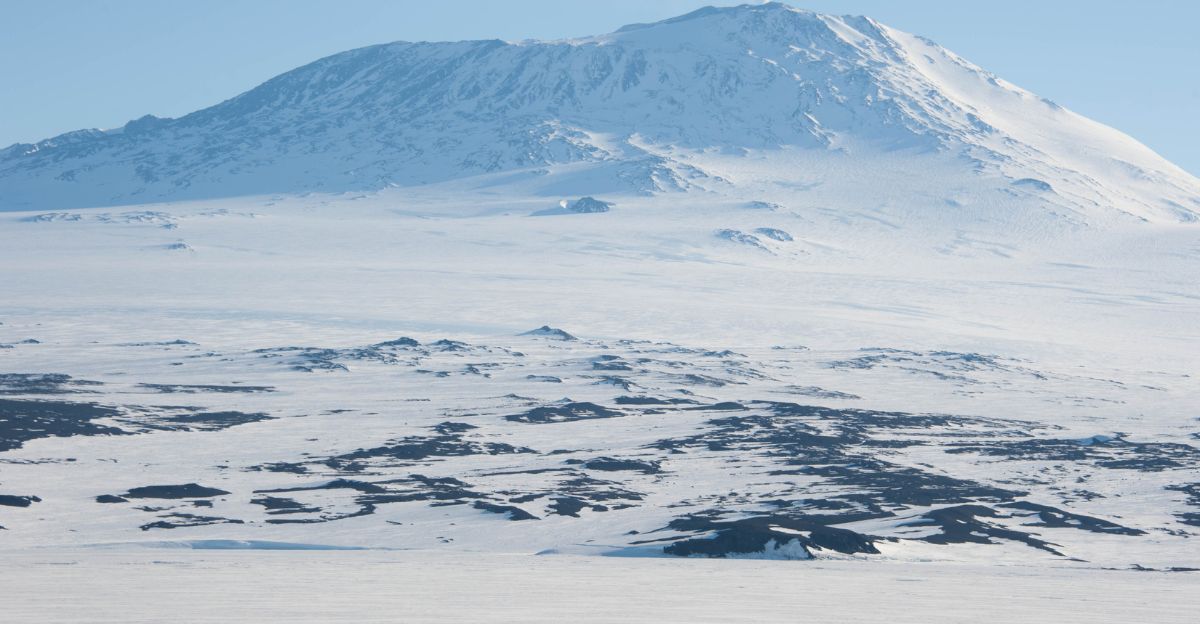
Some experts question whether eruptions will become common, urging caution and continued observation. Dr. Mark Evans, climate scientist, notes, “Forecasting exact eruption timing remains difficult.
Long-term data will help guide policy.” Others argue proactive monitoring is wise given growing evidence.
The Decades Ahead
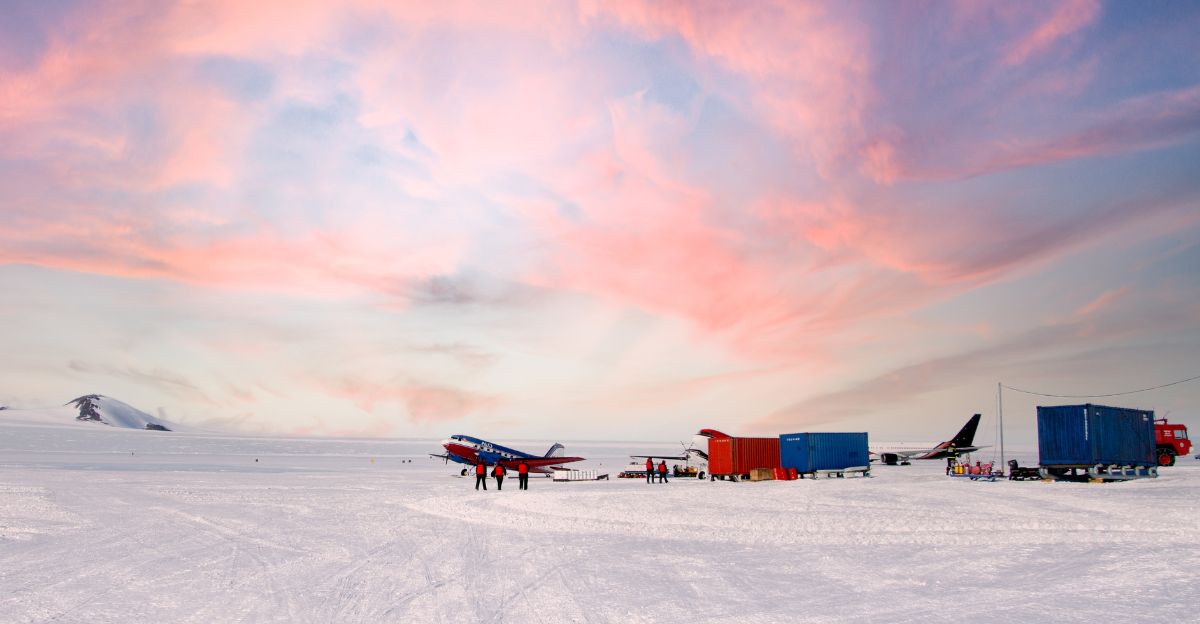
Researchers warn that the coming decades are pivotal for Antarctic stability. Studies from Potsdam Institute show small increases in ocean temperature could trigger catastrophic ice and volcanic changes. “Mitigation efforts may delay outcomes, but continued warming makes risks inevitable,” experts conclude.
A Priority
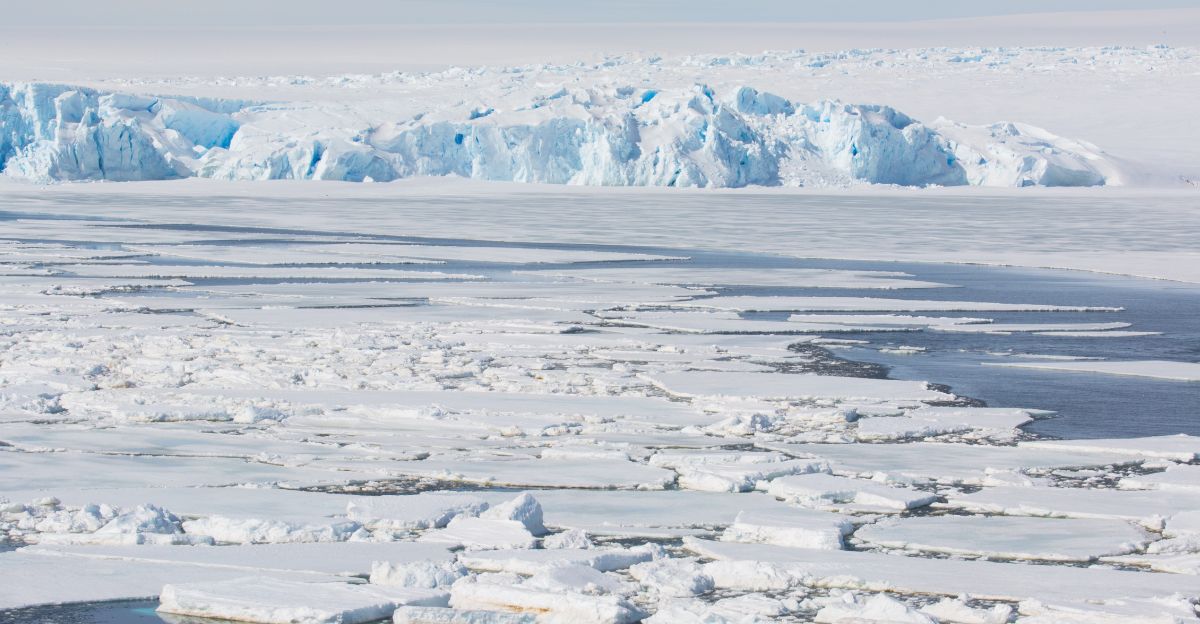
UN climate summits recently addressed Antarctic eruption risk, debating new emergency readiness protocols and research funding.
Nations push for stronger data sharing and contingency plans as the topic climbs policy agendas. Antarctica’s hidden volcanoes become a priority for international diplomacy.
International Interests
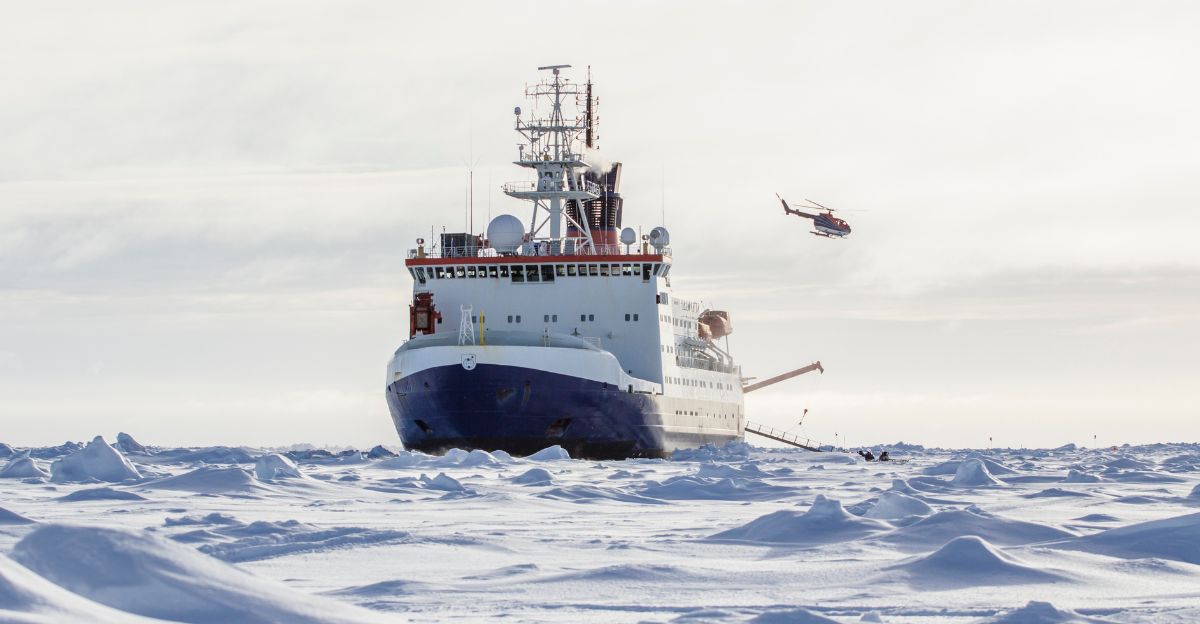
Countries including Australia, Chile, and Norway now closely monitor Antarctic changes to safeguard shipping, fisheries, and weather predictions.
Oceanographic data suggest volcanoes near key routes may disrupt marine ecosystems, drawing global attention and resource coordination.
Environmental Challenges
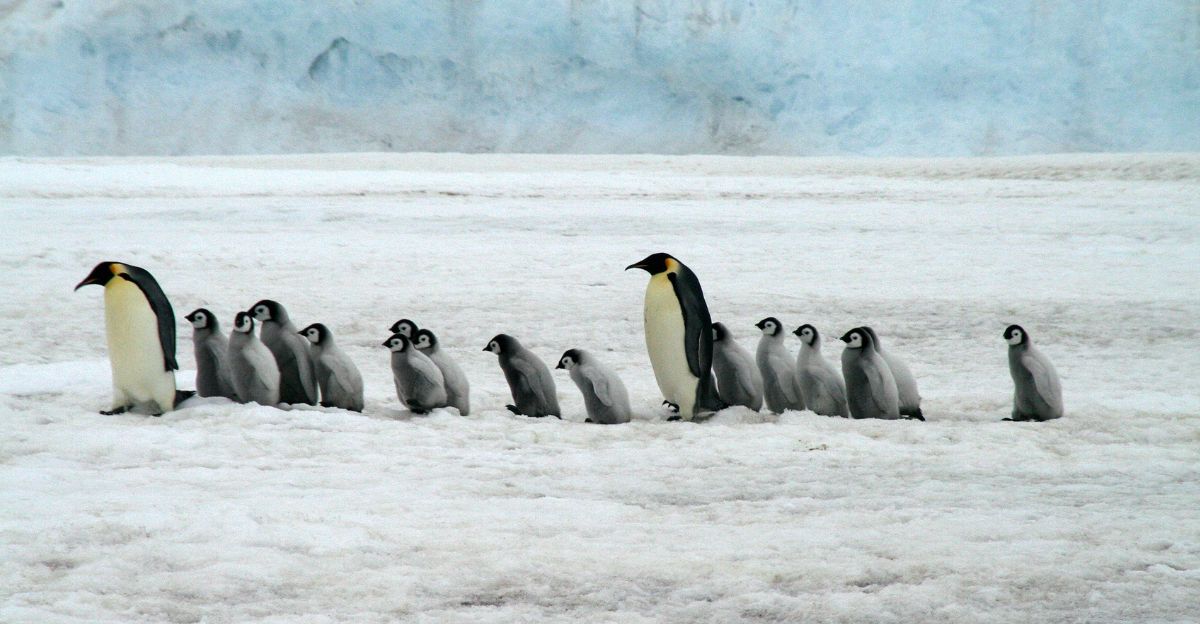
Volcanic activity could melt kilometers of ice, flooding habitats and changing migration patterns for creatures like penguins and seals.
Conservation groups call for strict study and limits on tourism to protect the fragile Antarctic ecosystem from further harm.
Antarctica is Alive
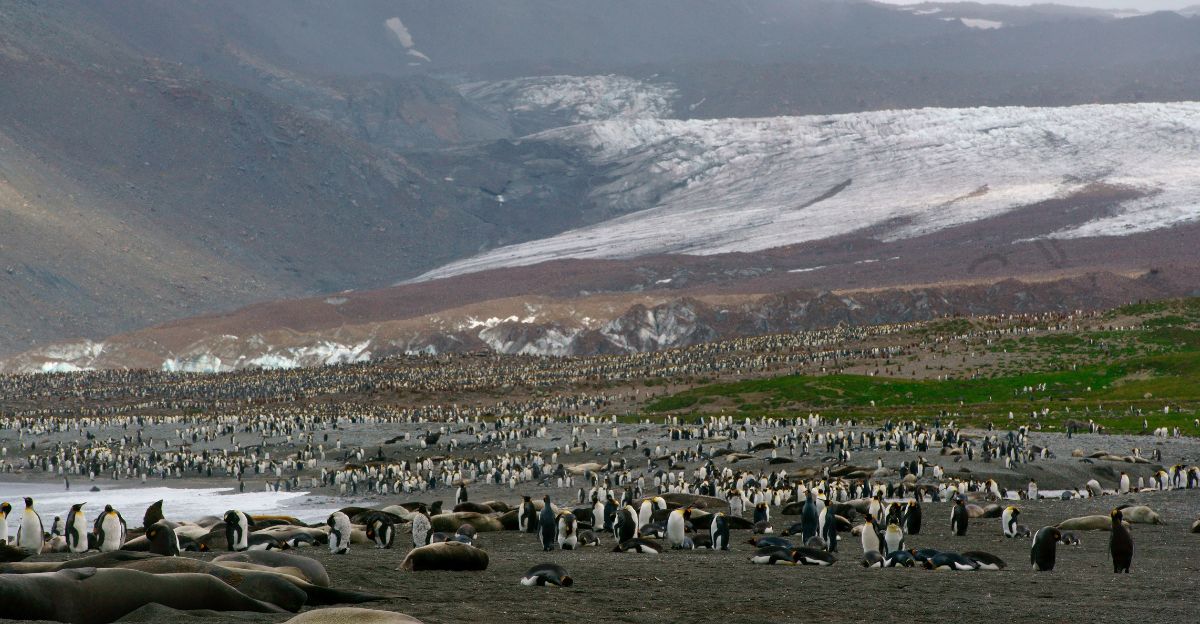
Media coverage of the volcanic threat changes global perceptions of Antarctica as an untouchable wilderness.
Top scientists appear in documentaries, urging people to see the continent as dynamic, not static. Dr. Anna Hughes comments, “Antarctica’s landscape is fundamentally alive and changing.”
Research and Observation is Crucial
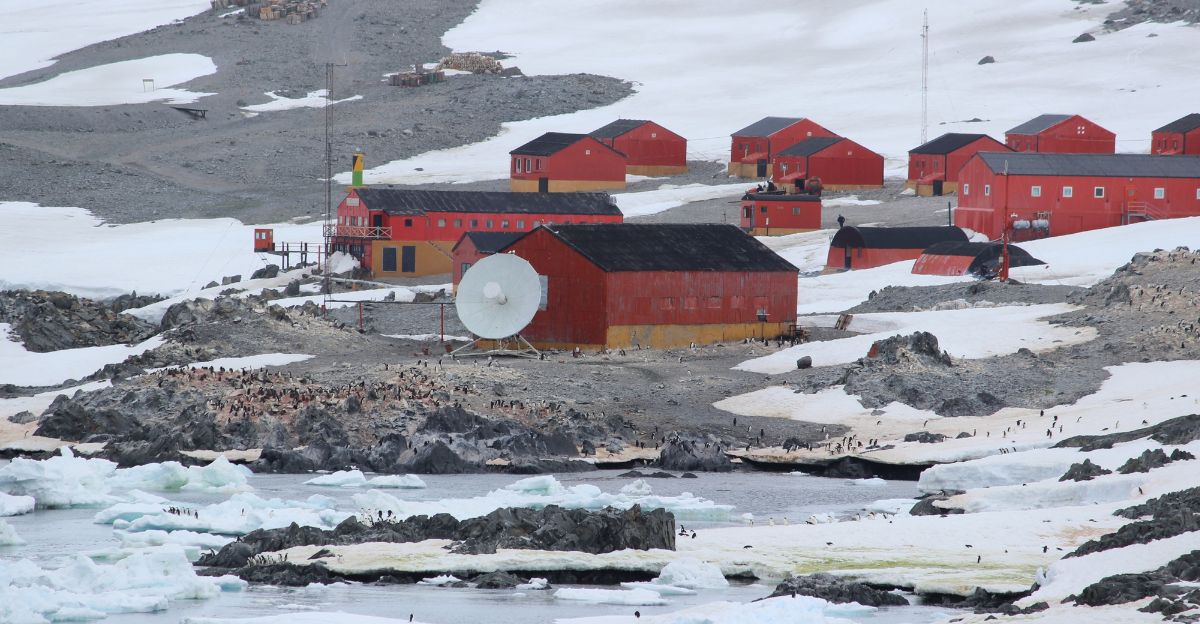
Antarctica’s awakening volcanoes signal new geological, environmental, and political challenges for humanity.
Experts argue that concerted global action now can prevent severe outcomes, but continued observation and research remain crucial. “The stakes are higher than ever,” says Dr. Moreno Yaeger.